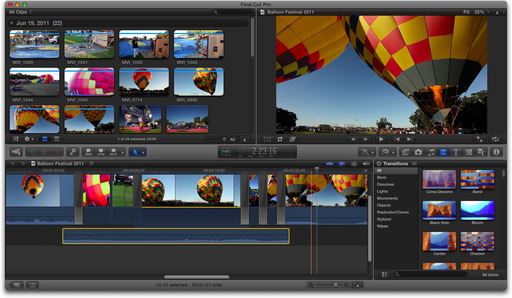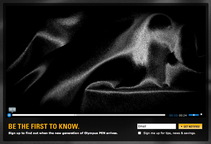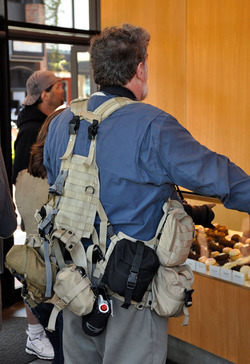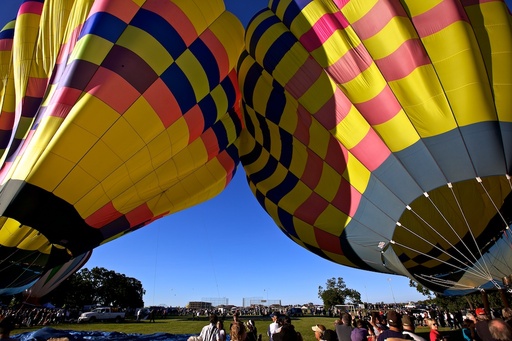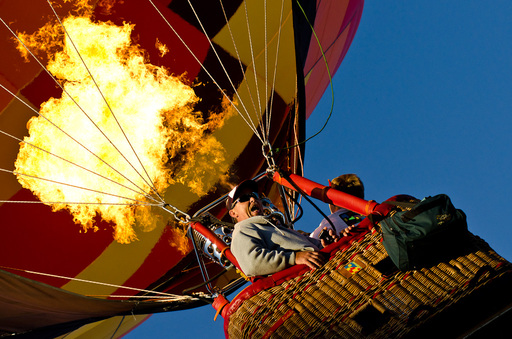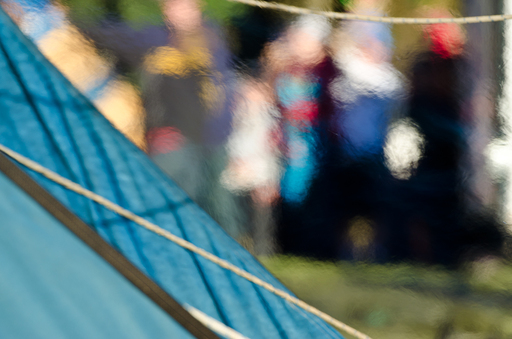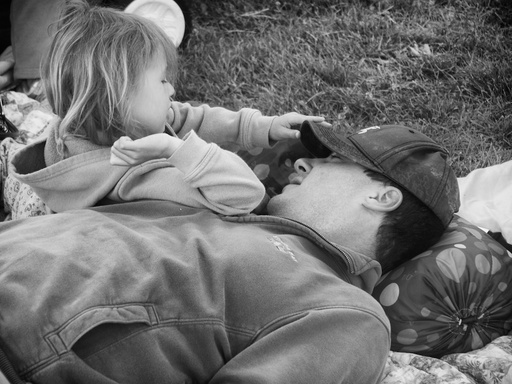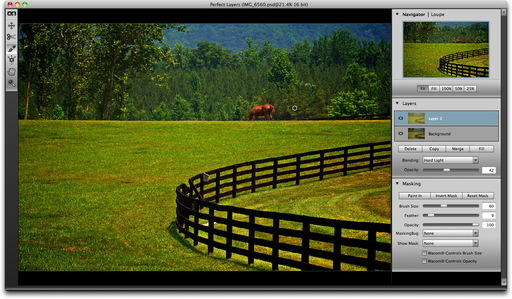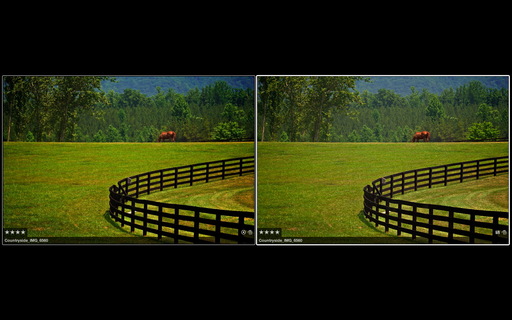A gap in my photography software had been the ability to create professional videos from the content captured with my DSLR. Until recently, I depended on iMovie and the slideshow function in Aperture to meet my needs. Then Final Cut Pro X was announced. Totally rewritten from prevous version, FCPX gave me professional movie editing tools in a package I could understand. In today's podcast, I discuss my first movie edited in Final Cut Pro X, Hot Air, and share what I've learned along the way.
Also, I have lots of updates in the "Virtual Camera Club" segment, including news about the Fall 2011 Workshop, a new workshop sponsor (that I think you're going to love), and more.
Listen to the Podcast
You can also download the podcast here (32 minutes). Or better yet, subscribe to the podcast in iTunes. You can support this podcast by purchasing the TDS iPhone App for only $2.99 from the Apple App Store.
Monthly Photo Assignment
True Grit is the June 2011 Photo Assignment. You can read more about how to submit on our Member Participation page. Deadline for entry is June 30, 2011.
TDS Oct. Photography Workshop and Nov. Aperture Workshop
We're making plans now for the Fall 2011 TDS Photography Workshop, which will be on Oct. 15-16, 2011. I'm also considering adding an Aperture Workshop in Nov. or Dec. If you want your name on the reserve list, or just more information, drop me a line.
More Ways to Participate
Want to share photos and talk with other members in our virtual camera club? Check out our Flickr Public Group. And from those images, I choose the TDS Member Photo of the Day.
Podcast Sponsors
Red River Paper -- The $7.99 Sample Kit is back! And with free shipping.
Make Your Photos Sizzle with Color! -- SizzlPix is like High Definition TV for your photography.
Need a New Photo Bag? Check out the Lowepro Specialty Store on The Digital Story and use discount code LP20 to saven 20% at check out.
Technorati Tags:
digital photography, podcast, technique, Technology, The Digital Story, tips
